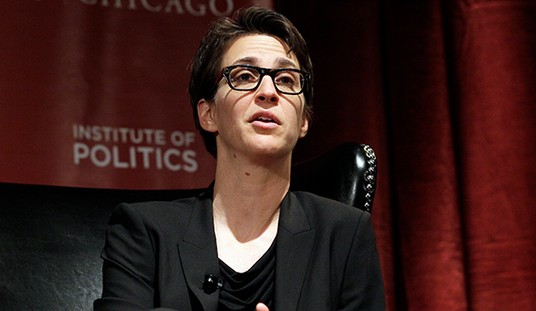Just how many Americans are champing at the bit to see the latest blockbusters on the big screen? Studios have held out hope that the end of shelter-in-place orders might release pent-up entertainment demand just as the summer tentpole season gets under way this weekend. However, Hollywood’s biggest media outlet Variety reports that few Americans will choose to go back to theaters if they have an alternative for seeing new releases.
Is the cinema model dead? And will it take Broadway and major sporting events with it?
Anxiety over health and safety in public spaces still greatly outweighs the desire to leave home, and that disparity has only gotten larger as the pandemic has unfolded. The results — from a survey of roughly 1,000 people in mid-May by sports and events analytics firm Performance Research, in partnership with Full Circle Research Co. — point to just how steep a climb the entertainment industry has in front of it to win back public perception that it’s safe to attend, and spend money on, public events again.
Take this answer to the question of whether respondents would rather see a first-run feature as a digital rental at home or in a movie theater, if both were available today: A whopping 70% say they are more likely to watch from their couch, while just 13% say they are more likely to watch at a local cinema (with 17% not sure). …
The top-line findings — especially in comparison with a similar Performance Research study conducted in mid-March — are equally stark. Even after the CDC and local governments say it’s safe to do so, 52% of respondents say they will attend fewer large public events, up from 44% in March, just days after the CDC declared the COVID-19 outbreak a global pandemic. Even more striking: This month, 60% of respondents say the idea of attending a big public event “will scare me for a long time,” up from 47% in March.
Across just about every major industry sector, respondents have grown more fearful about stepping into public spaces: 39% say they’ll attend major indoor concerts less often, up from 33% in March; 36% say they’ll attend theme parks less often, up from 26%; and 33% say they’ll attend theater and performing arts venues less often, up from 29%.
For Broadway productions, a new line of inquiry in the May study, the news is especially worrying: 51% of respondents say it will take a few months before they will attend a Broadway show in New York even after it’s deemed safe to do so, and 16% say they may never go again.
It’s good to recall that polls are snapshots in time, and context matters here more than usual. One reason that people might be reluctant to return to these high-density indoor events is that we have not yet developed any effective therapies or cures for acute and serious COVID-19 infections, let alone a vaccine. Under these conditions, it’s hardly unreasonable that 70% of Americans don’t want to sit in public-use seats in crowded theaters with common HVAC systems while a novel pandemic sweeps the world. The bigger news is that the number of people who would is as high as it is. If effective cures and/or vaccines emerge, especially a widely available effective vaccine, then those numbers will change significantly.
Or will they? For live events, sure. Sports and Broadway have an immediacy that television coverage doesn’t provide, and without a pandemic, people will eventually flock back to both for entertainment. (Outdoor venues for sports will probably see a bigger and faster rebound, too.) Movies, though, might be a different matter. They are not live events, and the advantages of cinema showings have almost entirely evaporated in the past decade. High-def and larger televisions give just as good of a presentation as theaters, and in some cases better, depending on the cinema’s equipment, but don’t have the same distractions — talking people, texters, bathroom interruptions, and so on. The outrageous costs of snacks in theaters doesn’t help, although that exists because of a bad business model for cinema operators, who get very little of the box office on new releases.
COVID-19 might have accelerated a trend that would have likely led to the end of the traditional cinema anyway. Home-theater transmission offers studios a lower cost for distribution, although clearly not a captive-audience dynamic. It would tend to equalize access to smaller films as well, perhaps incentivizing more investment in those stories. Consumers had already become accustomed to original theatrical content through Netflix and Amazon Prime before the pandemic, and the limited amount of home-release theater likely proved the model to some degree.
In the end, though, consumer experience would have driven this choice anyway. Other than the huge screen and “event” feel of the cinema — some of which can also be replaced in home theaters with bigger TVs and some friends — the experience at home has become far superior to that of the cinema. Theaters know this, which is why they have recently reinvented themselves as more comprehensive entertainment centers and serving food and adult beverages on demand in the theater in order to keep people coming back. In a pandemic, though, it won’t be enough to overcome the reluctance to gather in public — and the knowledge that they could enjoy the film more in their own homes.








